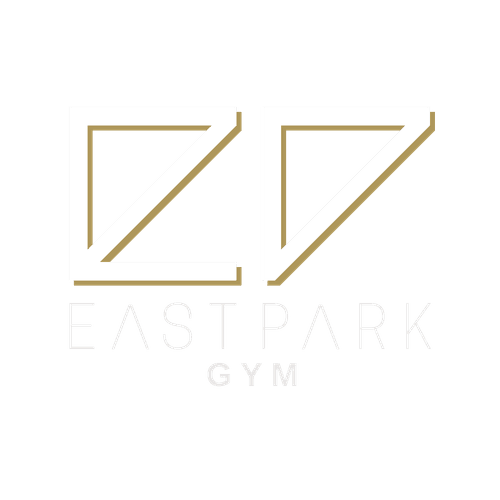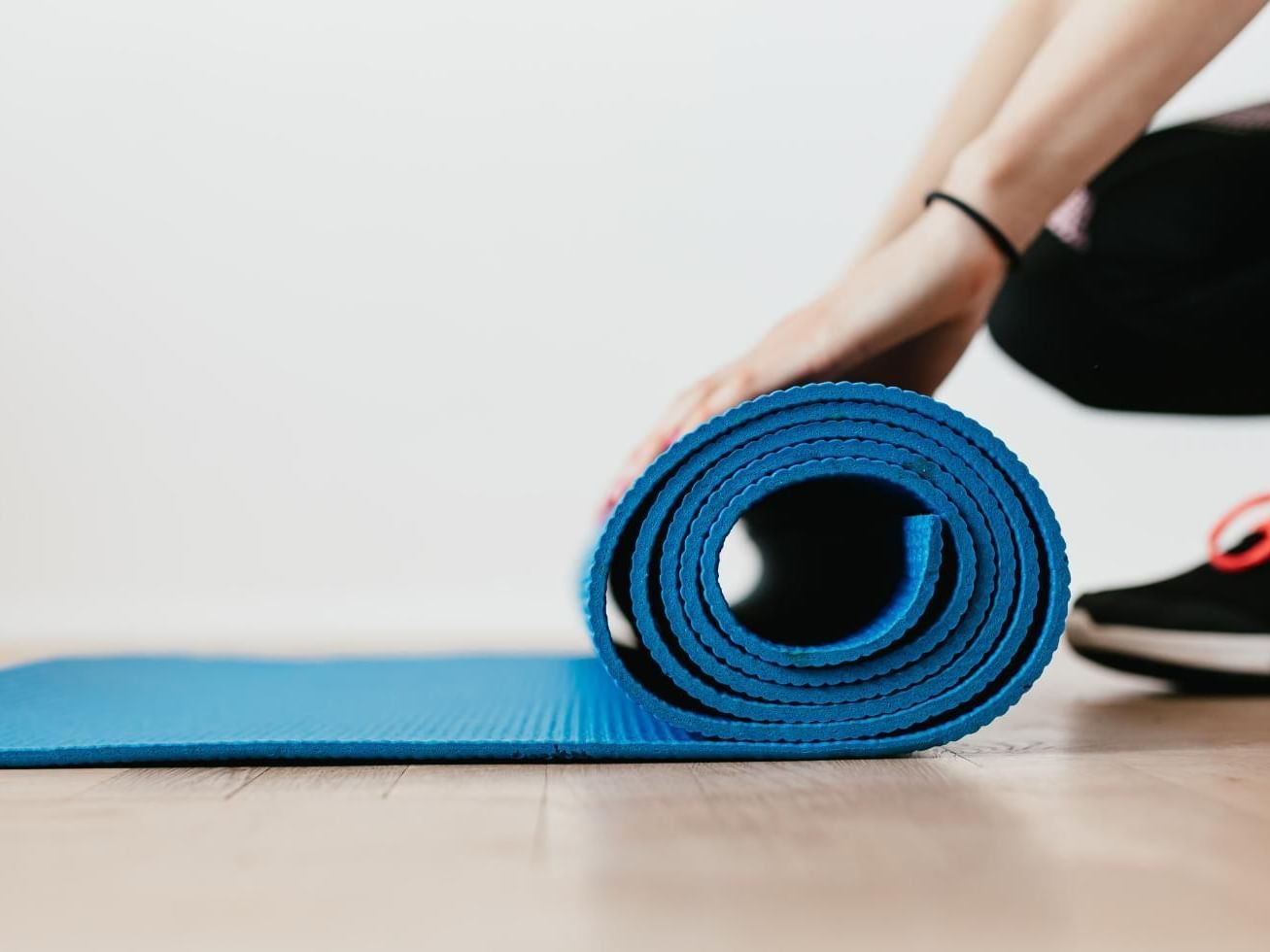Can You Do Pilates Every Day?
Creating Your Perfect Pilates Routine
Many people who practice Pilates regularly often wonder if they can practice Pilates every day to maximise its benefits.
In short, while it might be tempting to practice Pilates every day your body also needs sufficient rest and recovery time to rebuild and repair muscle fibres.
Daily Pilates practice can be beneficial for some individuals but it may not be suitable for everyone.
Benefits of Pilates
Here are some of the key benefits of Pilates:
- Improved flexibility: Pilates exercises involve stretching and lengthening the muscles, which can significantly improve flexibility over time.
- Better muscle strength and tone: Pilates targets the deep muscles in the abdomen, lower back, hips, and buttocks. The controlled movements and resistance of Pilates equipment such as the Reformer, Cadillac, and Chair, can result in a stronger and more toned body.
- Enhanced balance and coordination: The focus on controlled movements and proper alignment in Pilates helps improve balance and coordination. This can make your posture better and lower the chance of you falling.
- Increased core strength: Core strength is essential for overall body stability and function and Pilates is a great way to maintain this and even make your body more stable.

- Better posture: Pilates emphasises the importance of proper alignment and posture throughout the exercises.
- Reduced stress levels: The mindful movements and focus on breath in Pilates can help to reduce stress and increase relaxation. Pilates can also make it easier to sleep well and make you feel happier in yourself.
- Injury prevention: By improving muscle strength, flexibility, and balance, Pilates can help prevent injuries and aid in recovery.
Importance of Rest Days
While it might be tempting to practice Pilates every day, the body needs sufficient rest days to rebuild and repair muscle fibres.
The frequency of Pilates practice depends on several factors including fitness level, experience, time availability, personal goals, and pre-existing injuries or medical conditions.
Factors affecting daily Pilates practice
Several factors can affect whether or not daily Pilates practice is suitable for you. These factors include:
- Fitness level: If you are new to Pilates or have a lower fitness level, it might be more beneficial to start with a few sessions per week and gradually increase the frequency as your body adapts.

- Experience with Pilates: Experienced practitioners may be able to tolerate more frequent Pilates sessions, as their bodies are already accustomed to the movements and demands of the exercises.
- Time availability: Practicing Pilates every day requires a significant time commitment. Determine if daily practice fits into your schedule and lifestyle.
- Personal goals: Your fitness goals may determine the frequency of your Pilates practice. If you aim to improve muscle strength and tone, you might need more rest days between sessions.
- Pre-existing injuries or medical conditions: Individuals with certain injuries or medical conditions may need to modify their Pilates routine or frequency to avoid exacerbating their issues.
Types of Pilates workouts
There are many types of Pilates workouts each offering different levels of intensity and challenge.
Mat workouts
Mat workouts are the most common type of Pilates exercises which are of course, performed on a mat. Mat workouts utilise body weight for resistance and are suitable for beginners to advanced practitioners. Mat workouts include exercises such as the Hundred, Roll-Up, and Single Leg Circles.

Reformer workouts
The Pilates Reformer is a specialised piece of equipment that adds resistance through springs. Reformer workouts are suitable for all levels but are more challenging than mat workouts. Reformer workouts include exercises such as the Footwork, Leg Circles, and Elephant.
Cadillac workouts
The Pilates Cadillac is a versatile apparatus that allows for a wide range of exercises from beginner to advanced levels. Cadillac workouts include exercises such as the Leg Springs, Arm Springs, and Tendon Stretch.
Chair workouts
The Pilates Chair is a compact piece of equipment that offers a challenging workout for intermediate to advanced practitioners. Chair workouts include exercises such as the Push-Up, Teaser, and Swan.
Designing a Pilates routine
To create a Pilates routine that suits your individual needs, consider the following tips:
- Vary your workouts: Mix up your routine by incorporating different types of Pilates workouts and exercises to keep things interesting, prevent boredom and reduce the risk of overtraining or injury.
- Combine Pilates with other forms of exercise: Incorporate other types of exercise such as cardio or strength training to create a well-rounded fitness program. Pilates along with other forms of exercise can provide improved cardiovascular health, muscle strength, and flexibility.

- Listen to your body: Pay attention to how your body feels during and after your workouts. If you experience pain or excessive fatigue, consider reducing the frequency or intensity of your Pilates sessions.
- Focus on proper technique and form: Ensure that you're performing each exercise with the correct form and technique to maximise its benefits and reduce the risk of injury.
- Modify exercises as needed: Customise your Pilates routine to suit your fitness level, abilities, and any pre-existing injuries or conditions. Pilates exercises can be modified to suit different fitness levels making it a suitable form of exercise for beginners to advanced practitioners.
Potential risks of daily Pilates practice
Practicing Pilates every day comes with some potential risks, such as:
- Overtraining: Excessive exercise can lead to burnout, reduced workout effectiveness, and increased risk of injury. It's essential to balance Pilates with adequate rest days.
- Increased risk of injuries: Without adequate rest and recovery muscles may not have sufficient time to repair which increases the likelihood of injuries.
- Mental fatigue: Daily Pilates practice can become mentally exhausting, potentially leading to decreased motivation and enjoyment. It's essential to vary your routine and incorporate other exercises to prevent boredom and mental fatigue.

Role of a certified Pilates instructor
A certified Pilates instructor can provide amazing guidance and support in designing a personalised workout plan, ensuring proper form and technique, preventing injuries, and offering motivation.
It's essential to listen to your body and modify your routine as needed to prevent overtraining and injuries. Consulting with a certified Pilates instructor can provide personalised advice and guidance to help you achieve the best results.
If you're interested in trying Pilates here at East Park Gym we offer a variety of classes and one-on-one sessions with our certified instructors. Contact us today to schedule a class or consultation: membership@eastparkgym.com

Frequently Asked Questions related to: Can You Do Pilates Every Day?
Q: Can I practice Pilates every day?
A: While some individuals may benefit from daily Pilates practice it may not be suitable for everyone. Factors such as fitness level, experience, personal goals, and pre-existing injuries or medical conditions should be considered when determining the appropriate frequency of Pilates practice. Consult with a certified Pilates instructor for personalised advice.
Q: What are the different types of Pilates workouts?
A: There are various types of Pilates workouts, including mat workouts, Reformer workouts, Cadillac workouts, and Chair workouts.
Q: How can I design a daily Pilates routine?
A: To create a daily Pilates routine, consider varying your workouts, combining Pilates with other forms of exercise, listening to your body, focusing on proper technique and form, and modifying exercises as needed. Consult with a certified Pilates instructor for guidance in designing a personalized workout plan.
Q: What are the potential risks of daily Pilates practice?
A: Daily Pilates practice can potentially lead to overtraining, increased risk of injuries, and mental fatigue. It is essential to balance Pilates practice with adequate rest and recovery days and to modify your routine as needed to prevent overtraining and injuries.


